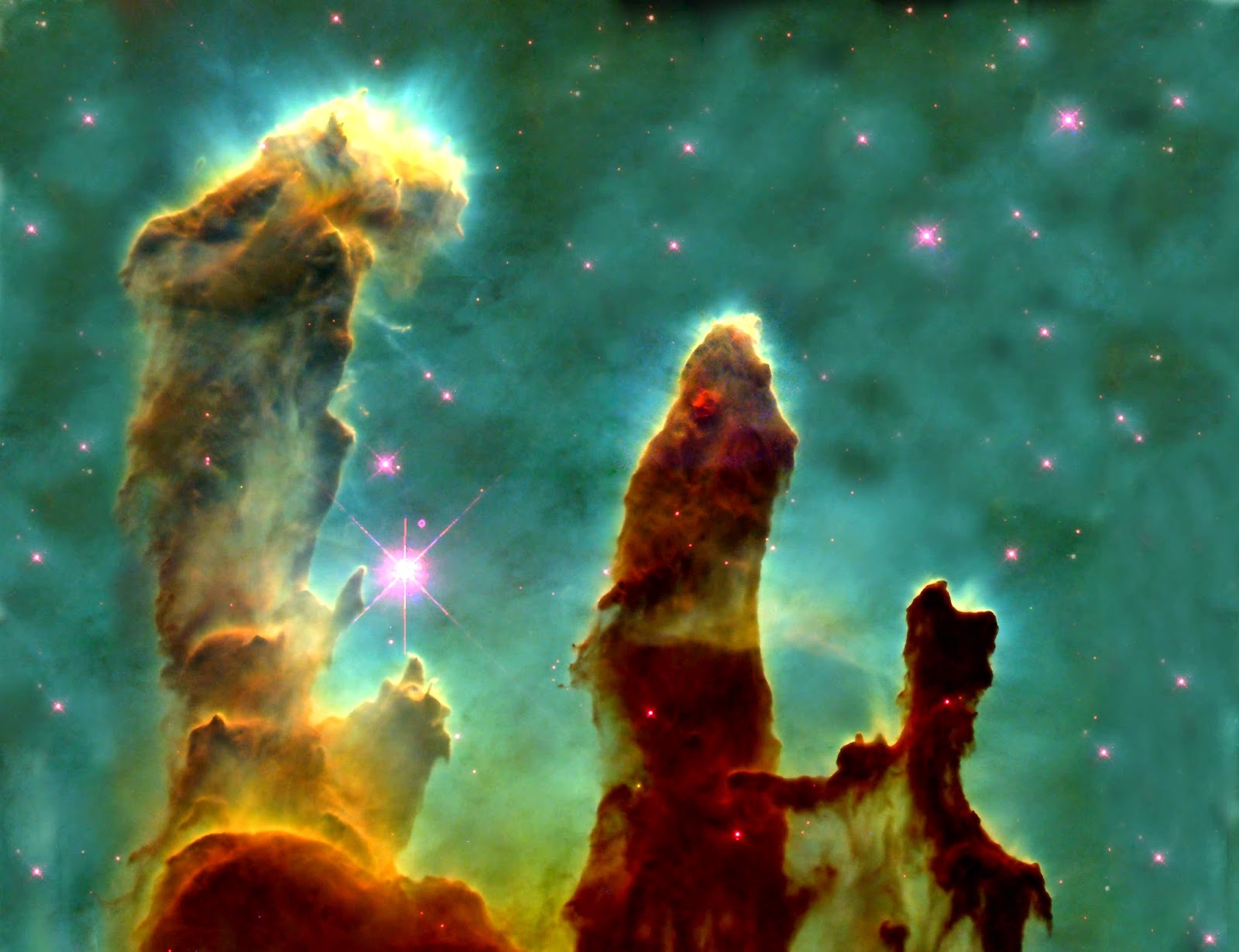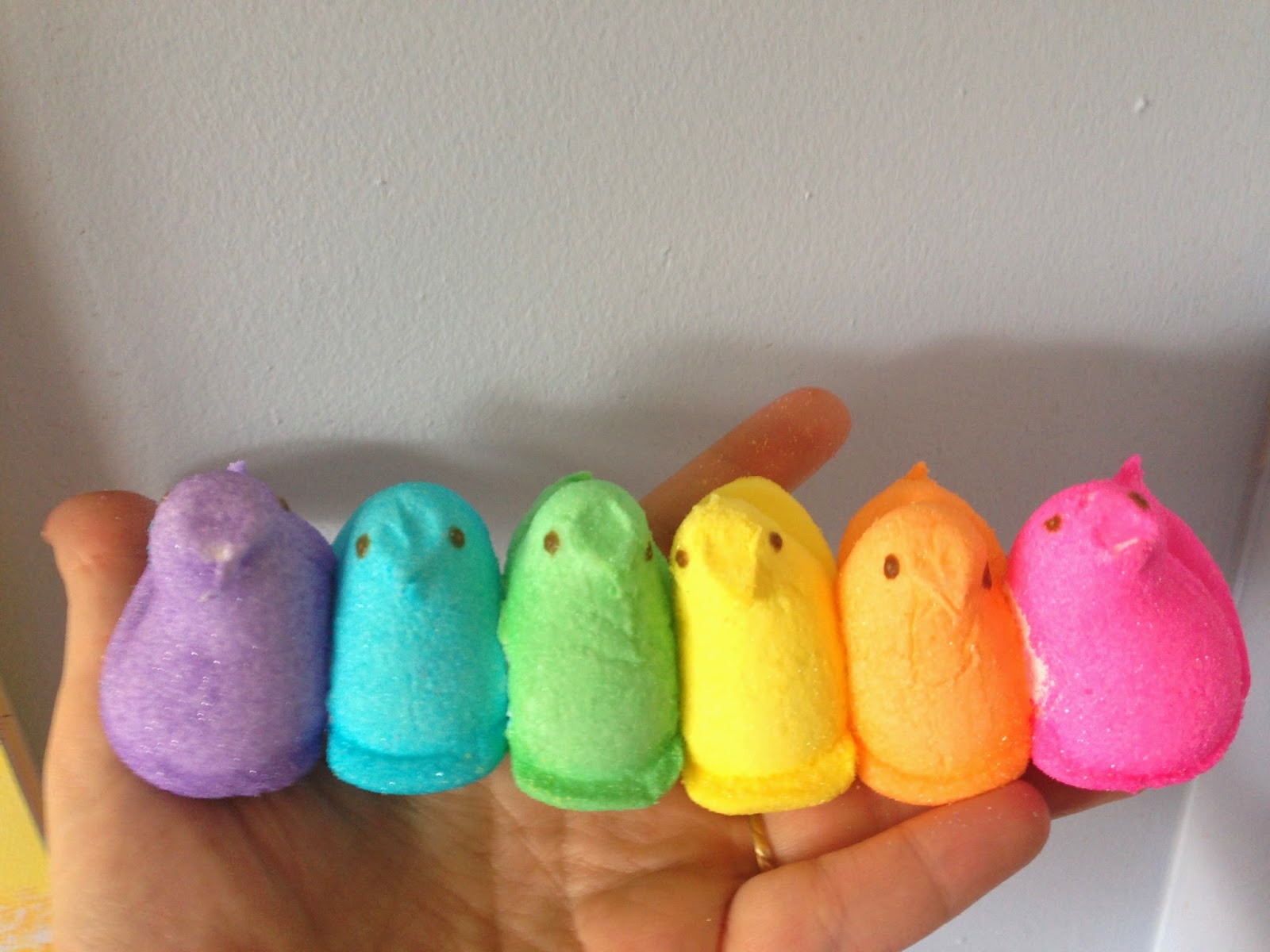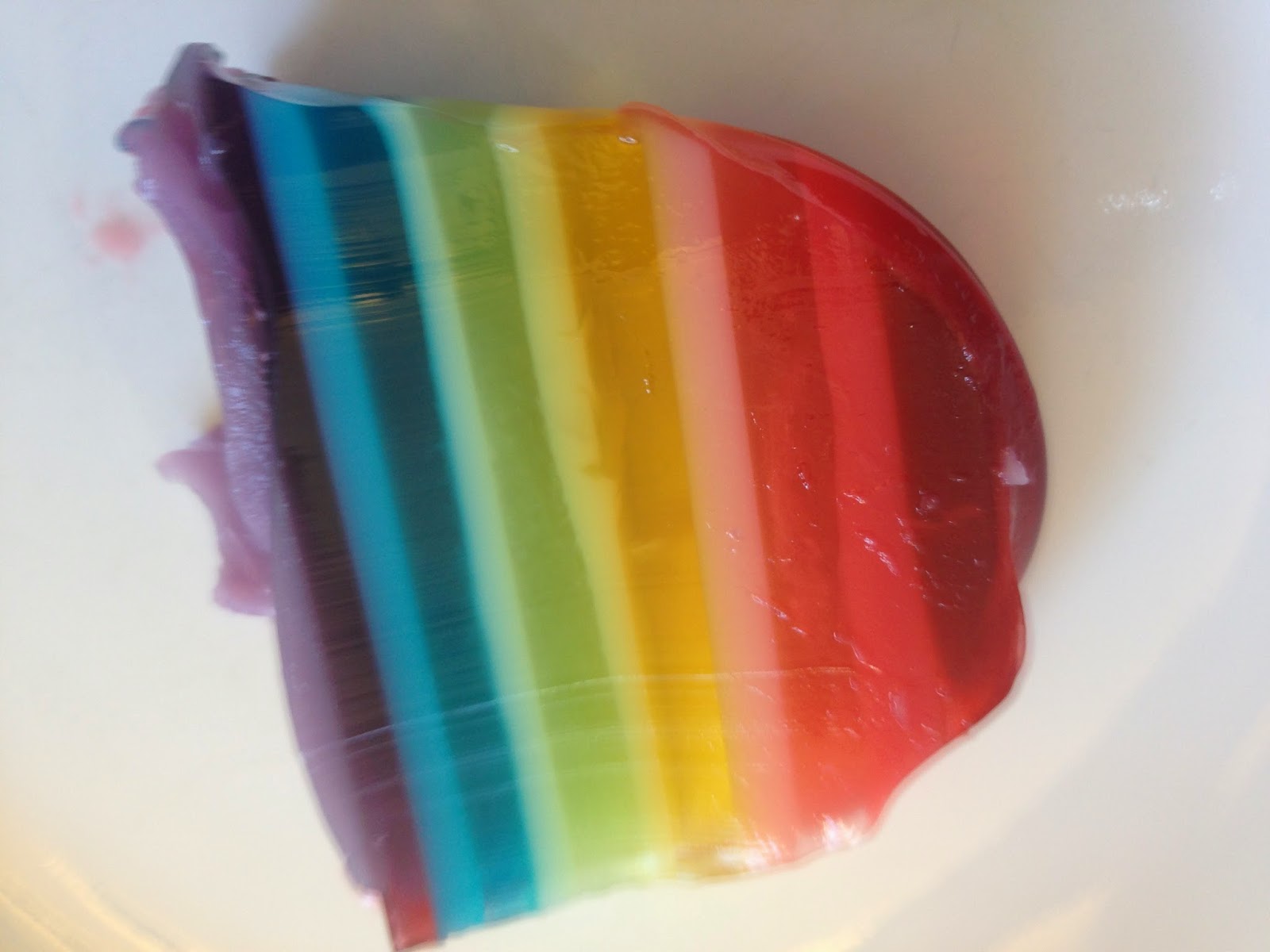We left off with the life cycle of our middle sized star, Sol. But what if Sol had been a large star?
For one thing, we wouldn't be here. If you have a really massive star, planets in the "Goldilocks zone" (where you have liquid water) tend to get tidally locked so that one side of the planet always faces the sun.
For another, massive stars (with their massive gravity), squish hydrogen much faster, so they live less long. They live brighter and hotter, but shorter lives.
Incidentally, the color of the stars is directly related to their temperature. What do you think the
 |
| blue where it's hottest |
hottest color is? Most of the kids thought, "red hot," but if you look at a candle flame, you can see this is not so. The outermost (coolest) edge of the flame is red, the innermost (hottest) heart of the flame is blue.
And so it is with stars: the
coolest stars are red - only about 3000 degrees. Medium hot stars (like the sun) are yellow, about 6000 degrees. The really hot stars are blue and white, and they can be 30,000 degrees! These are all
surface temperatures, of course. The core of the star, where the fusion takes place, is much hotter. Our sun had a core temperature of 14
million degrees!

Back to those massive stars, after their hydrogen is helium and their helium is carbon and oxygen, they can go right on squishing! Carbon and oxygen become neon, which gets squished into magnesium, then silicon, then iron. Then the star can't "squish" anymore. It explodes into a supernova!
The explosion tosses off gas and dust into an interstellar nebula... Which then begins to condense into new stars.

Meanwhile, what is left of the star becomes either a neutron star or a black hole!
I don't know if you've see the
wonderful You Tube going around about gravity/ black hole models, but I really wanted one! The best I could do on my budget was to put the stretchiest material I could find over a hula hoop. It's gathered fairly loosely with a rubber band under the hoop.
A small mass (a marble) dented the material in the same way that a small object (like a moon or a planet) bends space around itself. A large mass, like the rock (or star), bent the fabric enough that the smaller mass would orbit around it!
So. We have all these stars, in all these stages of the star cycle, scattered throughout the universe and clumped into galaxies. Most of them are millions of light years away, so how do we study them?
We study their light! With things we want to study here on earth, we put them under a microscope to see their parts. With light from space, we use a telescope with a spectrometer. Believe it or not, building four working spectrometers
was in the budget!

You take a paper towel roll and cut a slit near one end at a 45 degree angle. That slit is where you will put an old CD, or part of a CD (I cut mine into fourths to make four instruments). The CD is going to spread out your light into a spectrum. You also need to cut a rectangular viewing hole above the CD so that you can see that spectrum.
On the other side of the roll, cover the open end with foil. Cut a slit in the foil so that it lines up with the CD. That slit will allow a narrow beam of light into the tube and onto the CD, the CD will spread the light by wavelength, and you will view a column of separated light through the viewing hole on the top.
More detailed instructions here (HT: Aurora Lipper)
 |
| Solar spectrum from a professional! |
You point the slit at the light source you are interested in. We looked at a number of florescent lights first, because these lights only emit certain wavelengths, so you get bright bands of widely separated colors. We looked at warm tone, cool tone, yellow, and "black" florescents, as well as an incandescent bulb (which gives a much fuller spectrum) and then, of course the sun!
Amazingly, even our home made spectrometers, we were able to see the black lines in the sun's spectrum! These lines are the elements in the sun itself that absorb certain wavelengths of light. Each star has a pattern of these lines which tell us exactly what it is made of!
We finished up with a brief discussion of constellations. I showed them some flashlight constellations (you put foil over the flashlight, prick the pattern of holes in it, then shine it on the ceiling), how to use a star chart, and lastly, the constellation illusion.
 |
| Not so lined up! |
Essentially, the only place the constellations exist is on earth. At other points in the universe, the stars just don't line up that way. I used my lab assistants as the stars and had them line up as a straight line "constellation." This is how the constellations look to us: as if the stars are lined up at the same distance.
Then I moved my assistants so that they were at varying distances. From one spot, they still looked like they were all in a straight line, but from every other vantage, they were in a different pattern.






 Back to those massive stars, after their hydrogen is helium and their helium is carbon and oxygen, they can go right on squishing! Carbon and oxygen become neon, which gets squished into magnesium, then silicon, then iron. Then the star can't "squish" anymore. It explodes into a supernova!
Back to those massive stars, after their hydrogen is helium and their helium is carbon and oxygen, they can go right on squishing! Carbon and oxygen become neon, which gets squished into magnesium, then silicon, then iron. Then the star can't "squish" anymore. It explodes into a supernova! Meanwhile, what is left of the star becomes either a neutron star or a black hole!
Meanwhile, what is left of the star becomes either a neutron star or a black hole! You take a paper towel roll and cut a slit near one end at a 45 degree angle. That slit is where you will put an old CD, or part of a CD (I cut mine into fourths to make four instruments). The CD is going to spread out your light into a spectrum. You also need to cut a rectangular viewing hole above the CD so that you can see that spectrum.
You take a paper towel roll and cut a slit near one end at a 45 degree angle. That slit is where you will put an old CD, or part of a CD (I cut mine into fourths to make four instruments). The CD is going to spread out your light into a spectrum. You also need to cut a rectangular viewing hole above the CD so that you can see that spectrum.


 But where does the sun get it's energy? To answer that, we had to look at how stars are formed. I used the kid model.
But where does the sun get it's energy? To answer that, we had to look at how stars are formed. I used the kid model.
 Now the sun, while fusing helium, will expand into a red giant, and by "expand" we mean it's size will encompass earth's current orbit. (Not to worry, humans will be gone from the planet one way or another by then!)
Now the sun, while fusing helium, will expand into a red giant, and by "expand" we mean it's size will encompass earth's current orbit. (Not to worry, humans will be gone from the planet one way or another by then!)
 So. After finding the Easter baskets and finding the candy filled eggs, we had our extended family over for a traditional ham dinner.
So. After finding the Easter baskets and finding the candy filled eggs, we had our extended family over for a traditional ham dinner.
 I've never been good and making jello layers.
I've never been good and making jello layers.  I followed their directions pretty exactly except I used water instead of three cups of vodka!
I followed their directions pretty exactly except I used water instead of three cups of vodka!

 Our scripture cross is complete.
Our scripture cross is complete.
 Our sacrifice beans turned into jelly beans, made sweet by Jesus' sacrifice.
Our sacrifice beans turned into jelly beans, made sweet by Jesus' sacrifice. Except my freezer melted down and ruined all my ice cream!
Except my freezer melted down and ruined all my ice cream!
 If your Lent didn't go as you hoped (or even if it did), now's your big chance to prepare your heart as we follow Jesus through these final days!!
If your Lent didn't go as you hoped (or even if it did), now's your big chance to prepare your heart as we follow Jesus through these final days!!